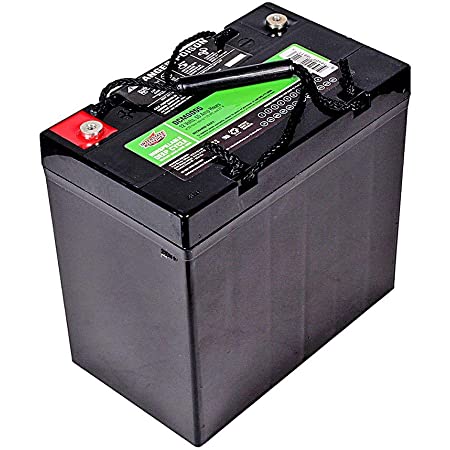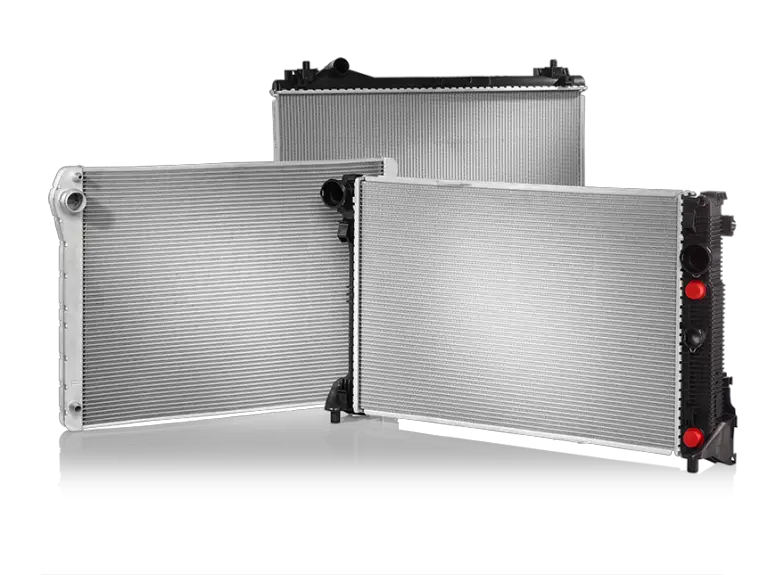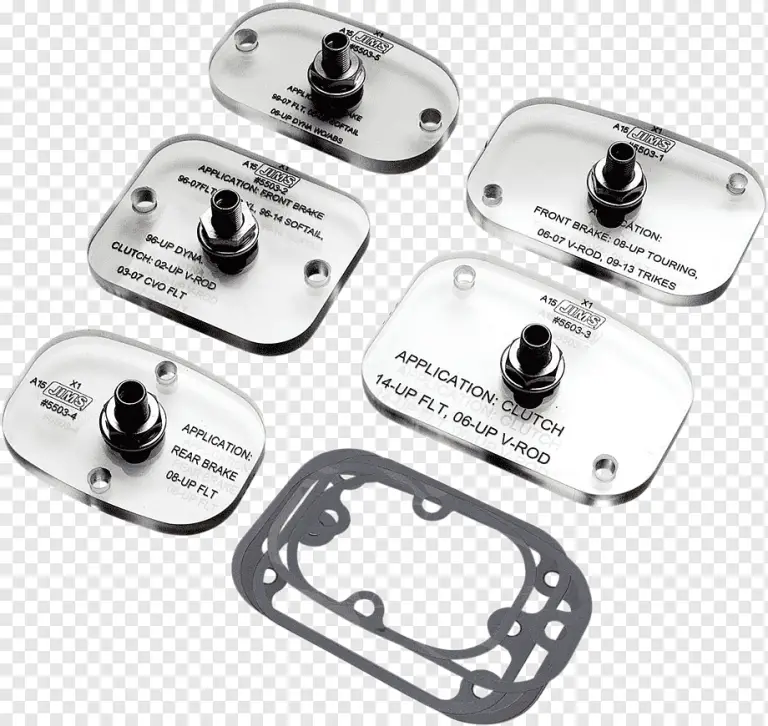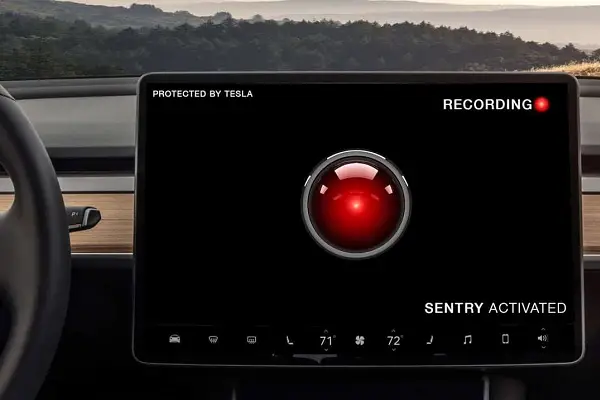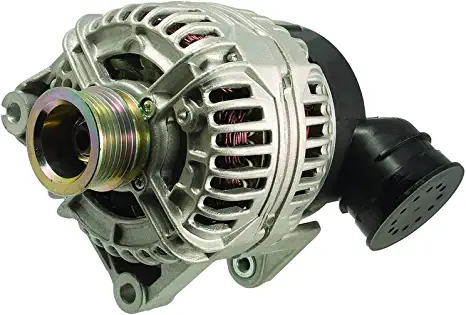Does a Manual Transmission Have a Torque Converter?
The power of two or more engines on the same axis can be combined with the help of the Torque Converter, a device used in automobiles and marine propulsion systems.
The question was posed to automotive enthusiasts many times: Do manual transmissions use Torque converters? Continue reading to find out the answer to the question.
When a vehicle comes to a stop, the main function of the Torque Converter is to allow the engine to remain in motion.
The maximum Torque transferred by the converter is at medium-high speeds, but it decreases considerably at low speeds.
When the vehicle is about to stop and the engine is not running, the device barely transfers any more Torque and separates the parts so that the engine does not stop.
In a manual transmission vehicle, the same task is performed by the clutch but with the help of the driver. The only thing that is not fully automatic is the Torque Converter.
Torque converters aren’t used in manual transmission systems. The driver must shift the gear to achieve a smooth ride using a clutch.
The automatic transmission has a fluid that makes it shift depending on the fluid parameters.
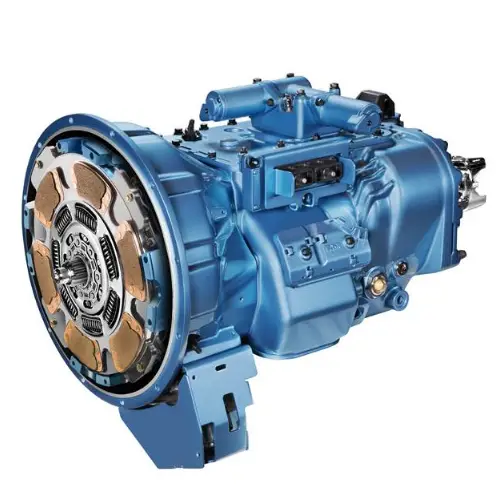
Regimes and Operation of Torque Converters
stall, acceleration, and cruising speed are the three different operating modes of automatic transmission. We are going to find out what happens in each of them.
Stall Regime
If you stop the car with the engine running, the car will get a Torque transmission and you can press the brake to stop the car.
Acceleration
At this speed, the car’s pump turns faster than the turbine, and the gearbox gets more Torque. The oil’s motion is stimulated by the engine’s transmission of Torque.
Cruise Speed
The speed is equal between the pump and turbine, with little power being transmitted.
How Do They Work?
Three elements make up the toroidal chamber of the Torque converter.
A Centrifugal Pump
The impulsor is connected to the motor shaft, which gives the flow of oil contained in it the thrust needed for movement.
A Turbine
This collects the oil flow and distributes it to the gearbox.
The Reactor
The direction of the oil flow from the turbine should be changed before it returns to the impeller.
At the start, the output Torque to the turbine is higher than the input Torque to the impeller because of the third element.
The fluid is pushed out due to the force of the rotating vanes by the pump. The liquid affects the speed of motion. The turbine is similar to the paddle wheel.
The liquid moved towards the outside of the device by the pump is forced to come back into the center through the turbine blades.
The fluid is expelled from the turbine again after it is returned to the center. The spiral motion of the fluid causes an output Torque even when the turbine section is stationary.
The output Torque can be higher than the input Torque because the low Torque at high speed is converted into a high Torque at low speed.
When the input shaft rotates at a low speed, the device becomes inefficient, and only part of the input Torque is present at the output.
An important difference, this behavior allows you to replace the clutch with a Torque converter.
Torque is transferred from the wheels to the engine when the engine is not running.
The parking function that mechanically blocks the transmission is found in vehicles with automatic transmission.
The loss of energy in the form of heat dispersed by the fluid can be caused by a slip in the Torque Converter.
When the onboard computer senses a uniform cruising speed, a clutch system mechanically joins the pump and turbine to increase energy efficiency.
Are There Any Cars That Had a Manual Transmission with a Torque Converter?
There weren’t any cars that used manual transmissions. The automatic transmission was not as perfect as we think.
It has been placed in pole position among the most used automatic transmissions because of the improvements and refinements that have been made over the last seventy years.
The introduction of a clutch that connects the two rotors through a lock-up action to prevent the car from slipping is one of the improvements that time and experience in mechanics has given to this automatic gearbox.
The parking function is the second modern-day improvement and is missing in the first cars with automatic transmissions.
The function blocks the transmission if the car stops for a long time.
Is It Possible to Put a Torque Converter on a Manual Transmission?
It’s not possible to use a Torque Converter on a manual transmission. The driver should shift the gear to get a smooth ride because manual transmission uses the clutch.
The automatic transmission uses a fluid coupling concept to ensure that the gear automatically shifts depending on the fluid parameters.
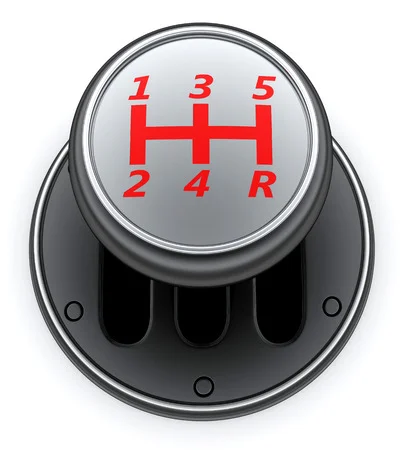
Conclusion
The most common type of automatic transmission is the one with a torque converter.
It was born in the USA in the 1950s and is used to replace the classic clutch found in manual gearboxes.
The reduction of component wear is one of the first advantages that can be found in an automatic transmission.

Truck driver by profession, automotive lover by heart. Ricky is the main publisher and editor at Truckile.com sharing his life-long knowledge and experience in the auto industry and truck driving!

